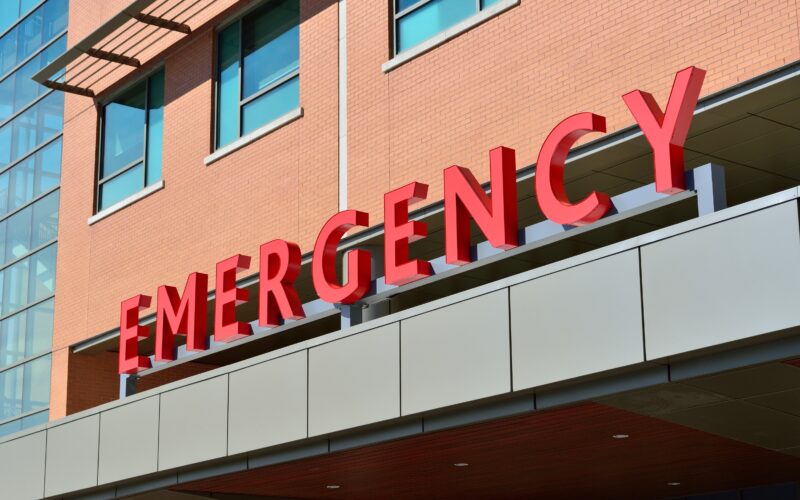Health NZ is reviewing after-hours and emergency response services in rural areas as data reveals increasing numbers of sick rural people are being transferred by helicopter to urban medical centres.
Data provided by Health NZ (Te Whatu Ora) shows that in 2022, almost 160 more patients than the year before were transferred by helicopter from rural health facilities to urban.
In 2022 there were 1502 transfers, up from 1344 in 2021. Data before 2021 is not available.
A breakdown of monthly stats shows that in January 2021 there were 106 transfers, rising to 151 in January 2022 and 167 in January 2023.
A Health New Zealand statement says the review will look at how after-hours care can be delivered and how emergency support can be better provided in isolated rural communities.
“Rural communities are often serviced by a varied collection of health response services, including health practitioners, rural ambulance, after-hours services and other community emergency response initiatives.
“It is vital that we examine this array of services and ensure we have the best possible arrangements for our most vulnerable and isolated populations.”
The review is in its early stages, the statement says, and more work is needed to determine how these services can work together.
It comes as many rural communities grapple with a shortage of health professionals and struggle to provide after-hours and emergency care.
There are currently vacancies for an estimated 150 general practitioners, of which posts 100 have been vacant for a year or more.
The Health NZ statement says transferring critical patients from rural to urban health facilities is part of the acute work that hospitals plan for and is not expected to place an undue burden on the health system.
“Patient care is not compromised because of air ambulance helicopter transfers. If a patient requires an acute transfer then this is the safest option for accessible and ongoing care.”






